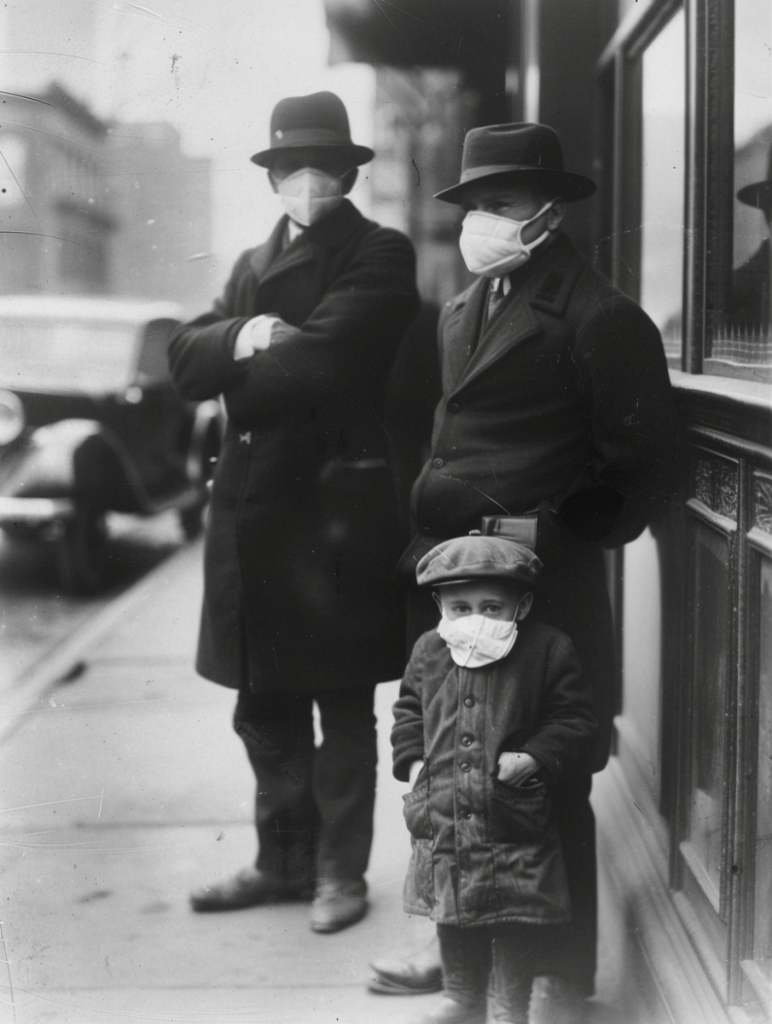On This Day, March 4, 1918, the first cases of what would become known as the 1918 Spanish Flu pandemic were reported. This deadly influenza pandemic, caused by the H1N1 influenza A virus, began at the U.S. Army’s Camp Funston in Fort Riley, Kansas. Private Albert Gitchell was identified as one of the first known cases after he reported to the camp hospital with flu-like symptoms that morning. By the afternoon, around another hundred men had reported similar symptoms, marking the onset of an outbreak that would spread rapidly and become one of the deadliest pandemics in history.
The 1918 Spanish Flu pandemic would eventually infect an estimated one-third of the world’s population, or about 500 million people, and result in the deaths of approximately 50 million worldwide, with about 675,000 occurring in the United States. The pandemic occurred in waves, with the second wave being particularly lethal. Despite its name, the Spanish Flu did not originate in Spain; the country was neutrally reported on the outbreak in detail, which led to the misconception.
The pandemic had a profound impact on the world, affecting not just the health of populations but also the social, economic, and political fabric of societies. The rapid spread of the flu and the extensive loss of life highlighted the need for improved public health measures and pandemic preparedness, lessons that continue to inform responses to health crises today.
